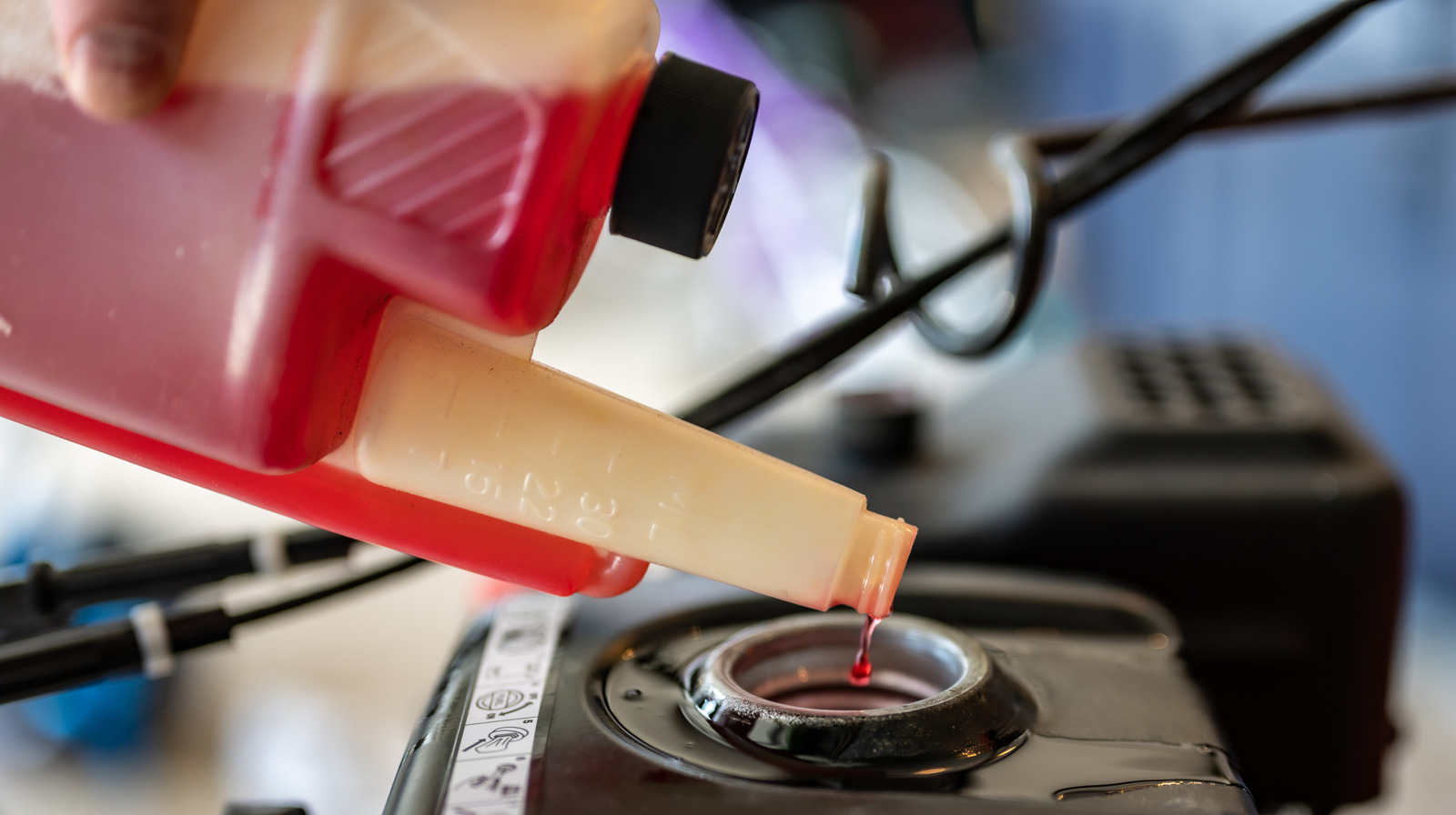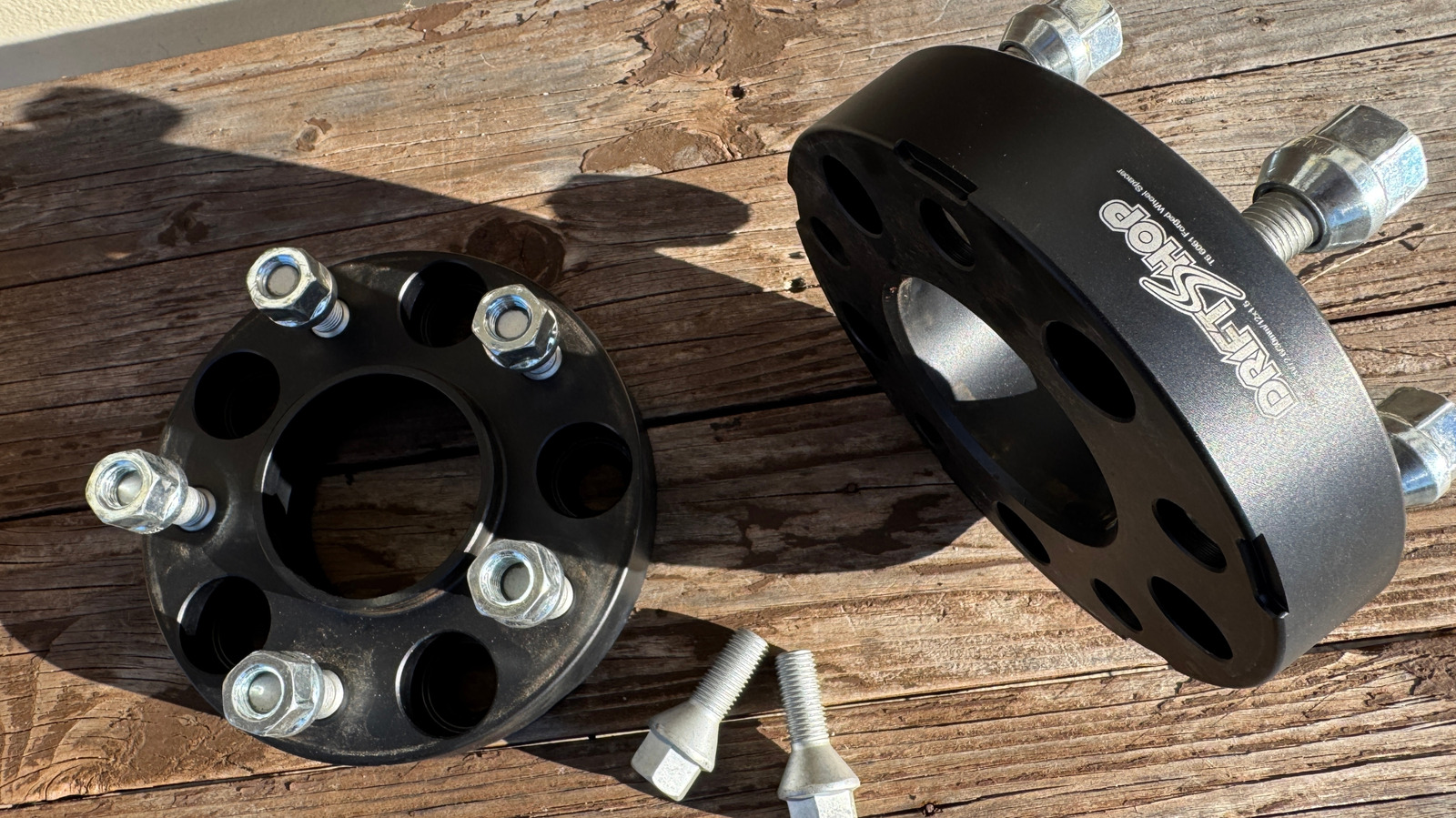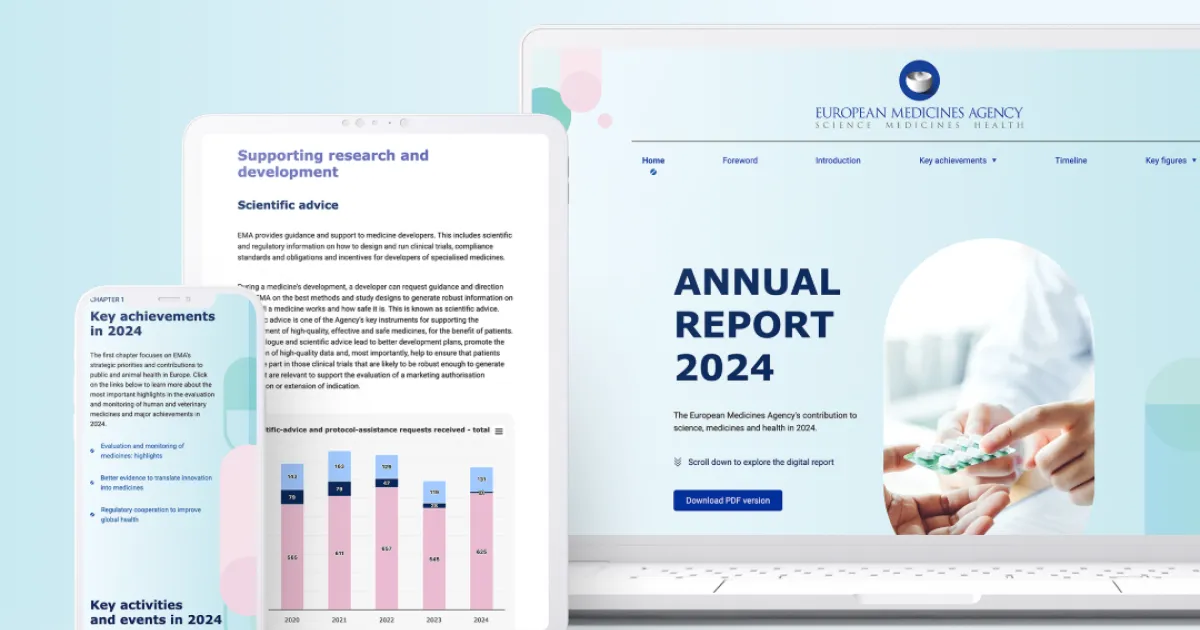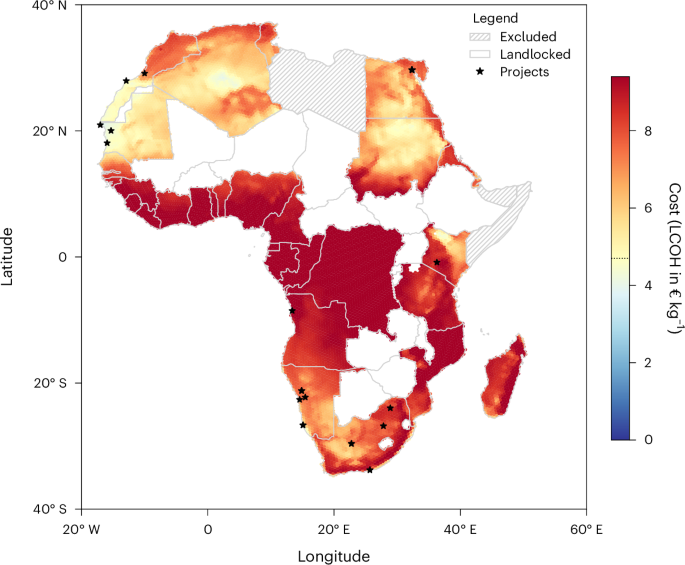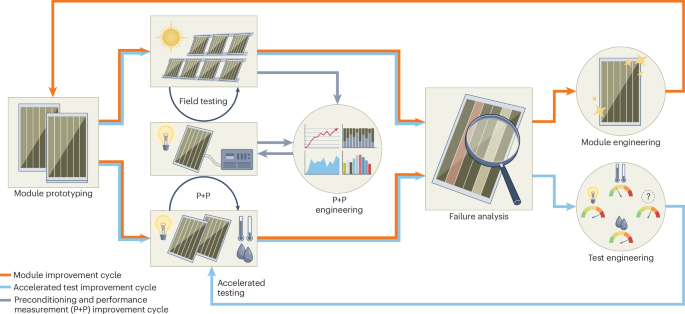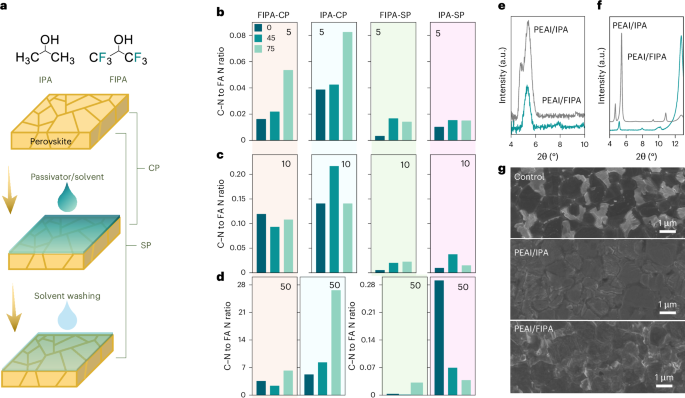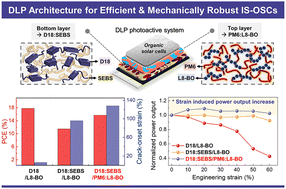Aggregation‐Assisted Three‐Photon Fluorescence Resonance Energy Transfer Boosts Phosphorescence for Deep‐Tissue Time‐Resolved Intravital Brain Imaging
Advanced Healthcare Materials, EarlyView.

An effective strategy of employing fluorescence resonance energy transfer-based aggregation-induced emission nanoparticles for achieving highly boosted phosphorescence and strong three-photon absorption is proposed for time-resolved three-photon phosphorescence microscopic imaging of mouse cerebral and muscular vasculatures with deep penetration depth, superior resolution, and high contrast.
Abstract
Three-photon phosphorescence microscopic bioimaging holds promise for deep-tissue time-resolved brain imaging with high spatial resolution and contrast. However, developing probes with bright phosphorescence and strong second near-infrared (NIR-II) three-photon absorption suitable for biological applications remains a formidable challenge. Herein, a kind of fluorescence resonance energy transfer (FRET)-based nanoparticles (NPFA-PorPt NPs) is proposed by co-encapsulation of a three-photon absorbing aggregation-induced emission luminogen (NPFA), and a phosphorescent platinum octaethylporphyrin (PorPt) using 1,2-distearoyl-sn-glycero-3-phosphoethanolamine-N-[methoxy(polyethylene glycol)-2000] as the encapsulation matrix. NPFA is well designed to display superior three-photon absorption properties in the NIR-II region and its emission overlaps well with the absorption of PorPt, allowing efficient energy transfer to PorPt in nanoparticles. The phosphorescence of PorPt in the optimal NPFA-2%PorPt NPs is boosted by 350-fold as compared to that of pure PorPt aggregates upon the same excitation. The strong three-photon excited phosphorescence enables NPFA-2%PorPt NPs to be successfully applied for in vivo time-resolved brain and muscle vascular imaging with deep penetration, high spatial resolution, and contrast, and even the small capillaries in the deep tissue can be recognized. This study paves the way for the development of highly efficient multiphoton-absorbing phosphorescent probes for biomedical applications.







